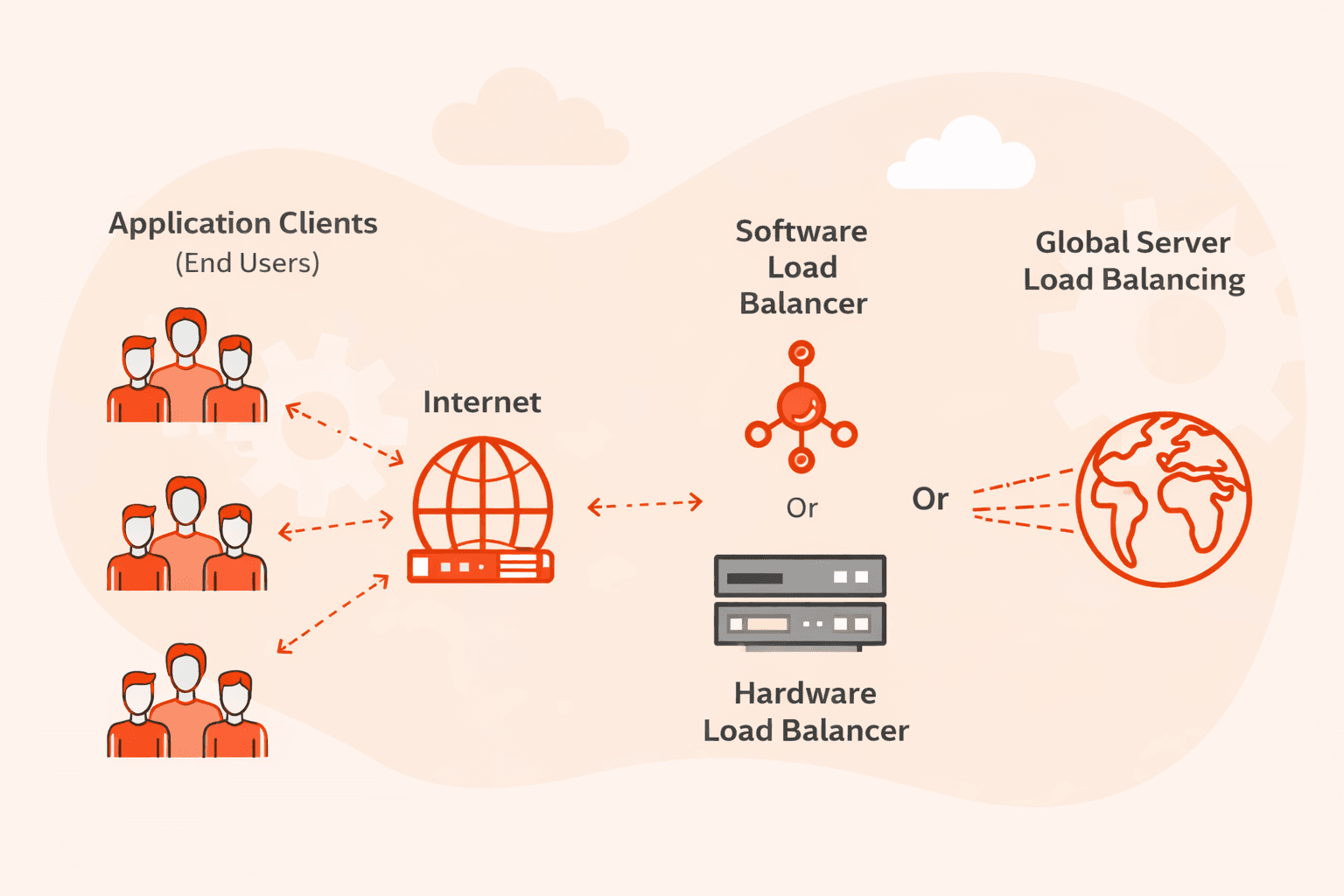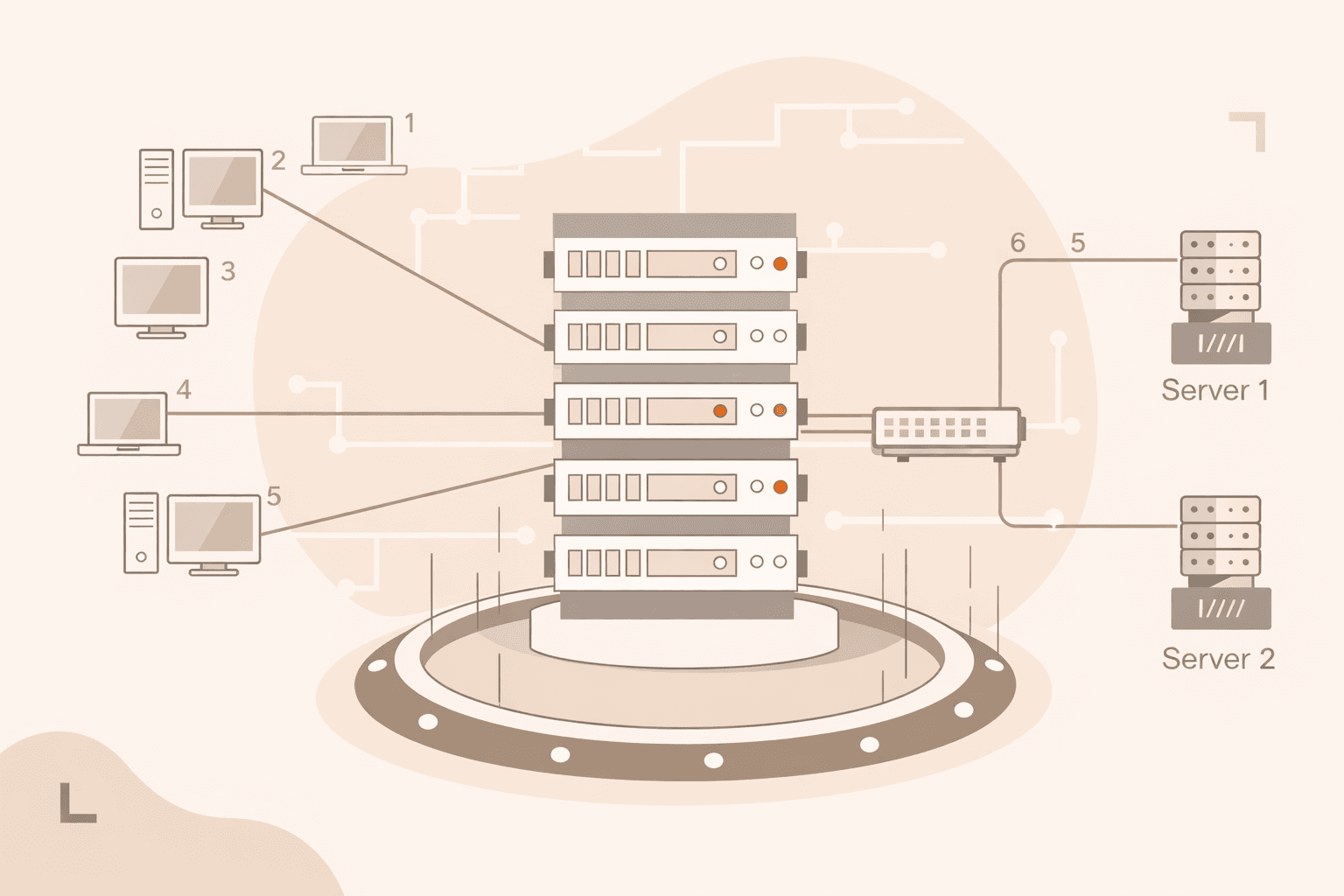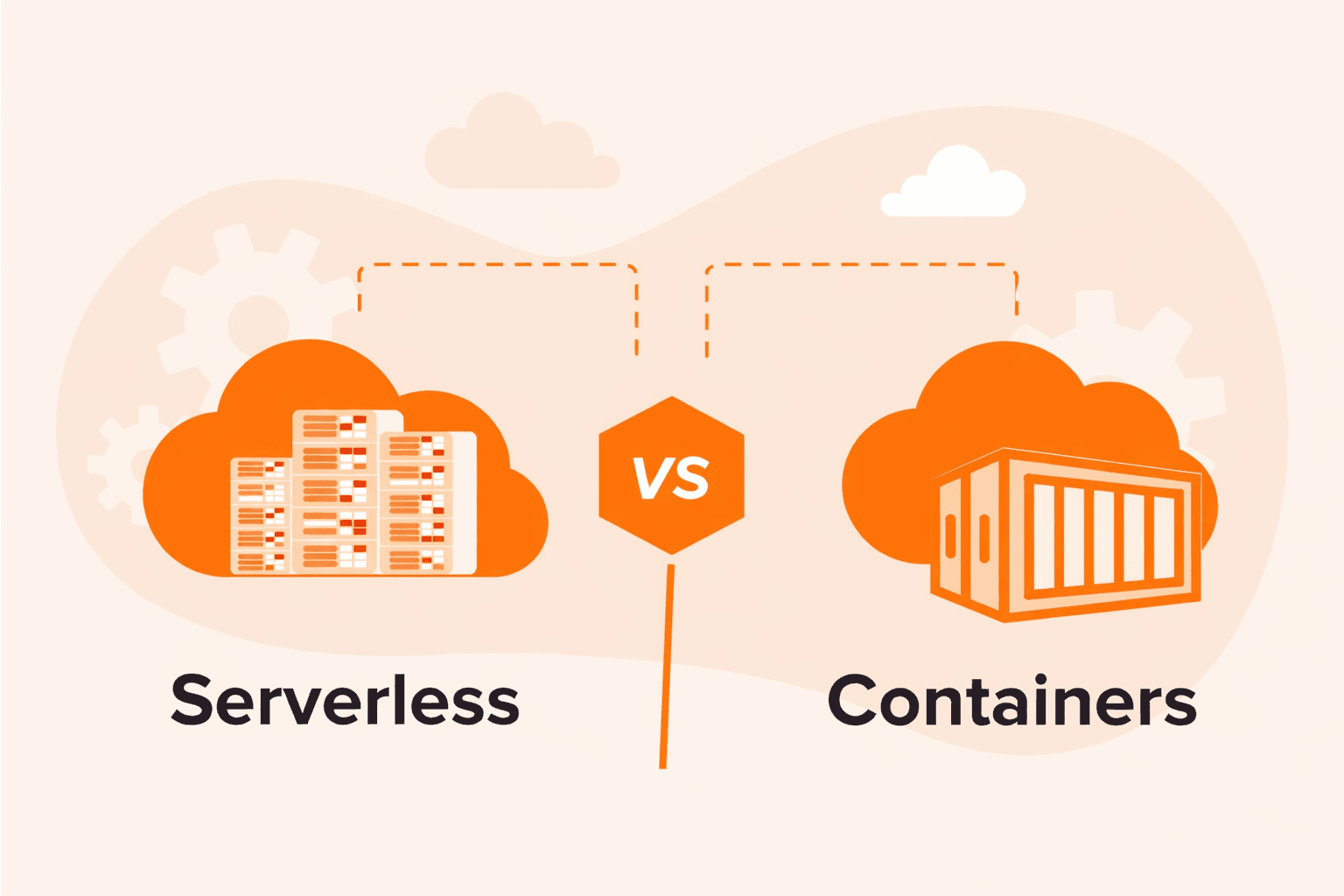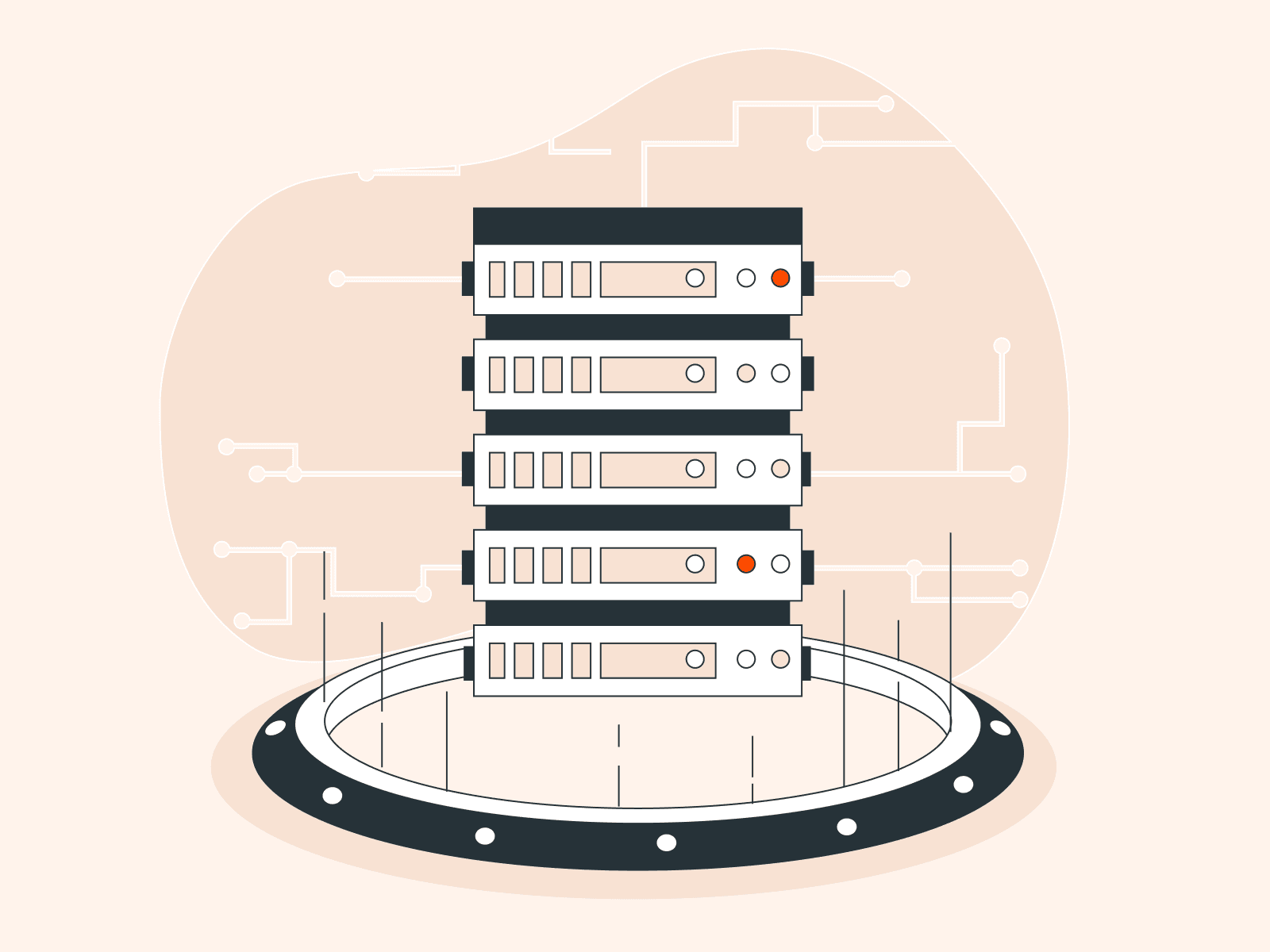In today’s high-demand digital environments, keeping tabs on your computer’s health is crucial. One vital metric, often overlooked, is the CPU temperature, which can greatly influence performance and longevity. If you’re a Linux user, understanding how to monitor this temperature can help ensure your system operates efficiently and safely. This guide will walk you through the processes and tools you need to keep an eye on your Linux CPU’s thermal state.
Why is Monitoring CPU Temperature Important?
Overheating can result in issues such as system throttling (where the system deliberately slows down to prevent damage), unexpected shutdowns, and even long-term damage to hardware components. Additionally, here are other potential consequences:
- Performance. High temperatures can lead to throttling, which directly impacts system performance. By maintaining an optimal temperature, you ensure your system runs smoothly and efficiently.
- Longevity. Constant exposure to high temperatures can reduce the lifespan of your CPU and other system components.
- Safety. Extremely high temperatures can cause system components to fail or even cause physical damage. There have been cases where overheating has led to fires, though they are rare.
Checking the CPU temperature on Linux
Here’s the guide on how to check the CPU temperature on Linux:
#1 Update Your System
Keeping your system updated ensures you have the latest drivers and software packages, which can be essential for accurate hardware readings.
sudo apt update && sudo apt upgrade -y#2 Install lm-sensors
‘lm-sensors’ is a widely used tool in the Linux ecosystem for monitoring hardware temperatures, fan speeds, and voltages.
sudo apt install lm-sensors#3 Detect Sensors
After installation, you need to run a detection command. This will detect the sensors on your system and configure ‘lm-sensors’ to read them.
sudo sensors-detectFollow the on-screen prompts, answering ‘YES’ to most questions to ensure all sensors are detected.
#4 Check CPU Temperature
Now that ‘lm-sensors’ is set up, you can read the temperatures of your CPU and other components.
sensorsThis command will display a readout of various system temperatures, fan speeds, and other readings. Look for entries labeled “Core” to see individual core temperatures for multi-core CPUs.
#5 Install Psensor
This is an optional step. If you prefer a graphical representation of temperature and other system metrics, ‘psensor’ provides a user-friendly interface.
sudo apt install psensorAfter installation, launch ‘psensor’ from the application menu. It’ll display a graphical representation of your system’s temperatures, including the CPU.
#6 Regular Monitoring
It’s a good practice to check the CPU temperature periodically, especially if you’re performing heavy tasks or notice your system behaving strangely. Monitoring tools can help you identify patterns or spikes in temperature.
That’s all! Now that you’ve learned how to monitor the CPU temperature on Linux, you’re better equipped to maintain a healthy system that performs at its best. Following the outlined steps will empower users to understand their machine’s thermal behavior and make knowledgeable choices.
Conclusion
Looking to deploy Linux in the cloud? With Gcore Cloud, you can choose from Basic VM, Virtual Instances, or VPS/VDS suitable for Linux:
- Gcore Basic VM offers shared virtual machines from €3.2 per month
- Virtual Instances are virtual machines with a variety of configurations and an application marketplace
- Virtual Dedicated Servers provide outstanding speed of 200+ Mbps in 20+ global locations
Related articles
Subscribe to our newsletter
Get the latest industry trends, exclusive insights, and Gcore updates delivered straight to your inbox.






